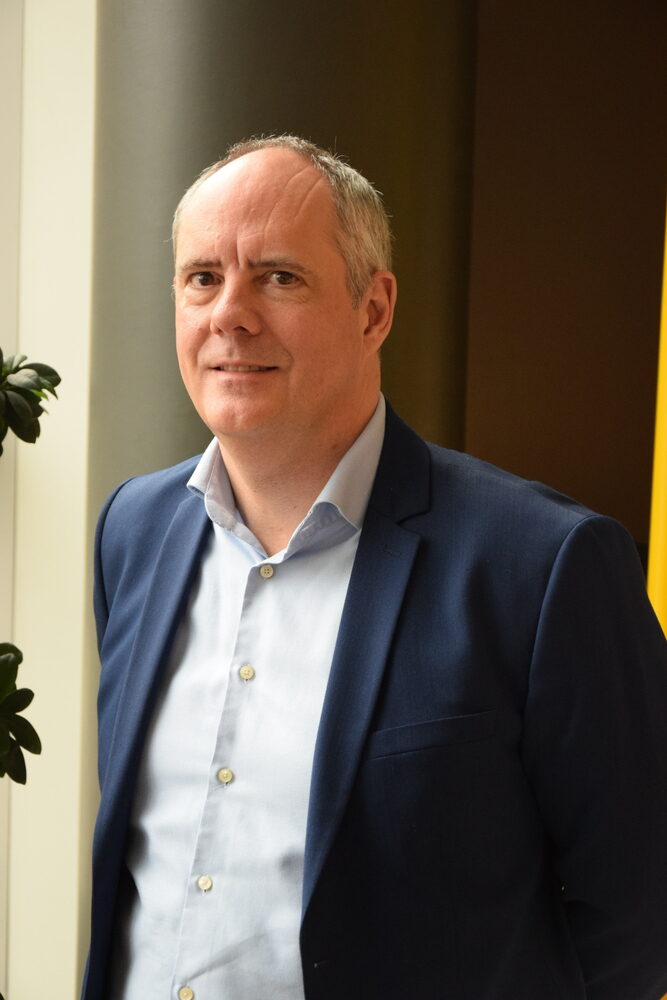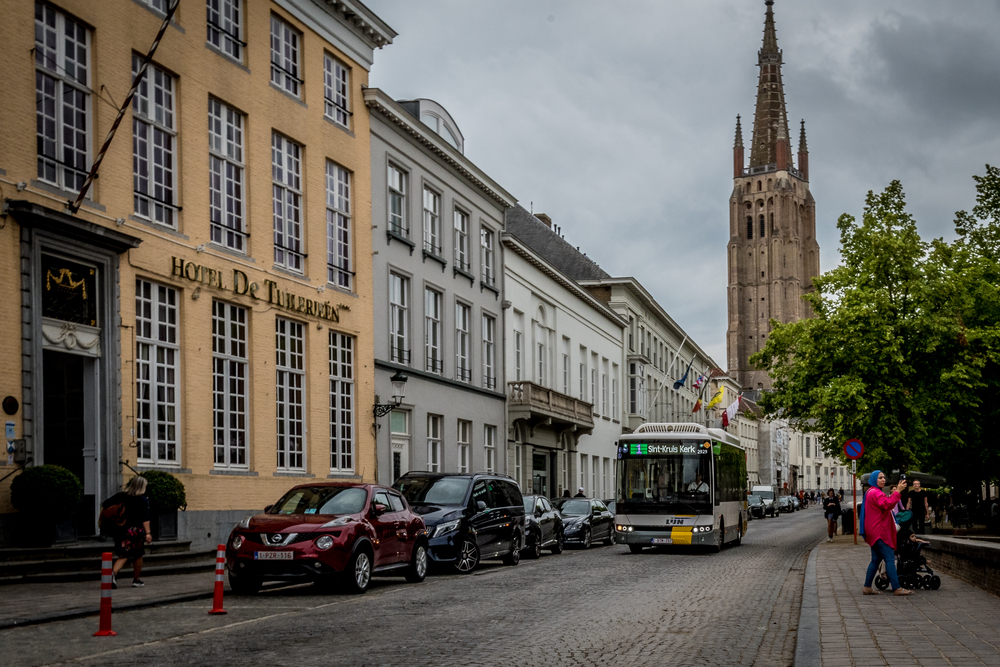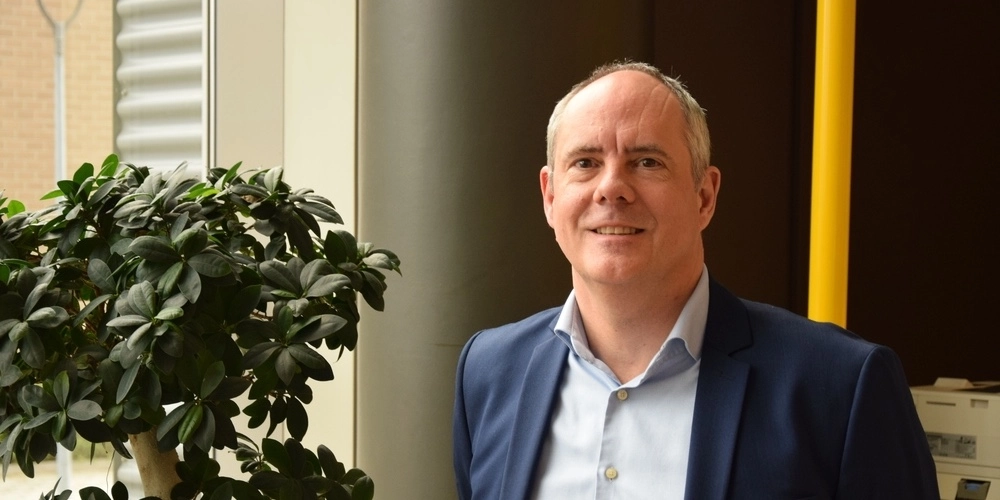In order to achieve its goal of electrifying over 2,000 buses by 2035, De Lijn hopes to secure additional investment from the Flemish government, which is crucial to continue the eMobility transition.

Such is the commitment of the company that this year it could launch a new tender to award eBuses, as anticipated by Kurt Gyselinck, Program Manager of De Lijn’s Electric Bus Systems program, to Mobility Portal Europe.
“It has not yet been determined whether we will launch new tenders, as we can still make purchases under existing agreements,” he indicates.
Currently, their strategic plan focuses on continuing to acquire vehicles under several framework agreements.
For 12 meters eBuses, De Lijn has two active framework agreements.
The first dates back to 2021 and involves the purchase of up to 350 buses, with firm orders of the Belgian Van Hool (36 units) and the Dutch VDL (24 units).
The second, approved last year, entails the acquisition of a maximum 500 vehicles.
Part of this latest order involves an investment of over 43 million euros for 92 standard eBuses from BYD Europe, which will be produced in Hungary.
“These vehicles will arrive from the fourth quarter of this year onwards,” Gyselinck reveals.
In total, De Lijn’s own fleet consists of more than 2,200 buses, including both diesel, electric and hybrid models.
Its subcontractors have about 1,500 buses.
De Lijn aims at a fully emission-free fleet by 2035.
In the context of the elections taking place this year in Belgium, Ann Schoubs, Chief Executive Officer (CEO) of De Lijn, urges authorities to make additional investments to fulfill their bus electrification program.
The public transport company of the Flemish Region has a public service agreement until 2027, which includes an investment plan for these vehicles, depot conversion and their respective charging infrastructure.
These projects are part of the implementation of the Public Service Contract (ODC) 2023-2027 that De Lijn previously signed with the Flemish Government.
However, due to price increases in buses, the budget has been tightened.
In this context, Gyselinck highlights the challenges De Lijn faces, with one of the main ones being delays in the delivery of electric buses in Europe, which can extend up to a year.
This delay is attributed to the high demand for zero and low-emission units on the continent, driven by the ambitious goals set by the European Union.
Other contributing factors include the COVID-19 aftermath, the war in Ukraine, and the recent tension in the Red Sea.
“Market stability is key to improving the situation,” says Gyselinck.
However, according to the European Automobile Manufacturers’ Association (ACEA), in 2023, new registrations of eBuses increased by 39.1 per cent, reaching a total of 5,166 units, with a market share of 15.9 per cent.
MAN Bus & Trucks took the top position in this market, selling 771 electric vehicles.
With this figure, the manufacturer almost tripled the sales of the Lion’s City E compared to the previous year, surpassing its competitors with a market share of around 13.3 per cent.
Currently, there are 282 zero-emission buses in operation in Belgium, 40 per cent of which come from MAN factories.
It is worth clarifying that many of these MAN eBuses are being used by some of De Lijn’s subcontractors.
It is planned to introduce 292 more in 2024 and 2025, according to the contracts already signed.
Not only is strong growth observed in this market in Europe, but also in the rest of the world.
The predominant ones are located in China, the European Union, and North America.


What about the charging of De Lijn’s eBuses?
“We also face challenges in obtaining the necessary authorizations from local authorities for the complete electrification of depots,” says the Program Manager.
The charging of De Lijn’s fleet mainly takes place overnight at the depot, although some early eVehicles also use opportunity charging.
For this, they have chosen to collaborate with suppliers such as Ekoenergetyka, represented locally by SPIE Belgium, ABB and Heliox.
The eBuses are charged using a cable connected to a CCS2 plug, using intelligent software.
This software determines the most efficient and cost-effective way to supply the necessary amount of electricity to all eBuses at a depot to cover their scheduled daily distance for the next day.
In this regard, in tenders, the operator requires bus suppliers to have a minimum range of 220 to 250 kilometers.
“We expect battery technology to improve, allowing for greater daily coverage with depot charging,” emphasizes Gyselinck.
In addition, De Lijn installs solar panels on the roofs of its depots to reduce its carbon footprint.
Looking to the future, the company hopes that the Government and local authorities can support them in obtaining licenses for the electrification of their depots.
The company also aims to harmonise legislation related to fire risks and obtain exclusive bus lanes to increase the efficiency of public transport in the region.
“The key to our success is the close collaboration with suppliers and the motivation of our staff, especially technicians and drivers,” concludes Gyselinck.








